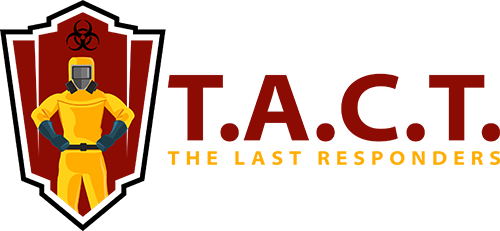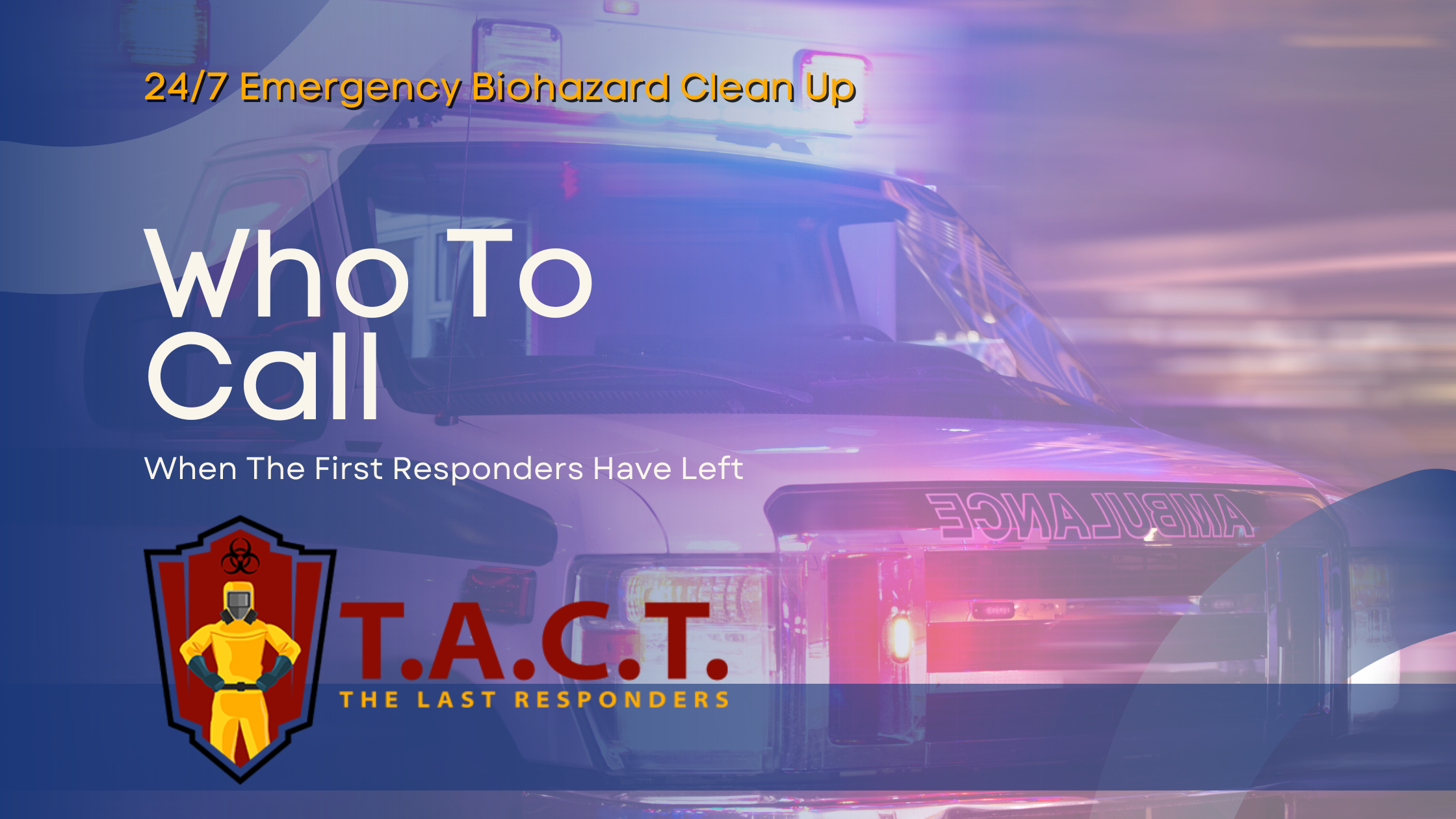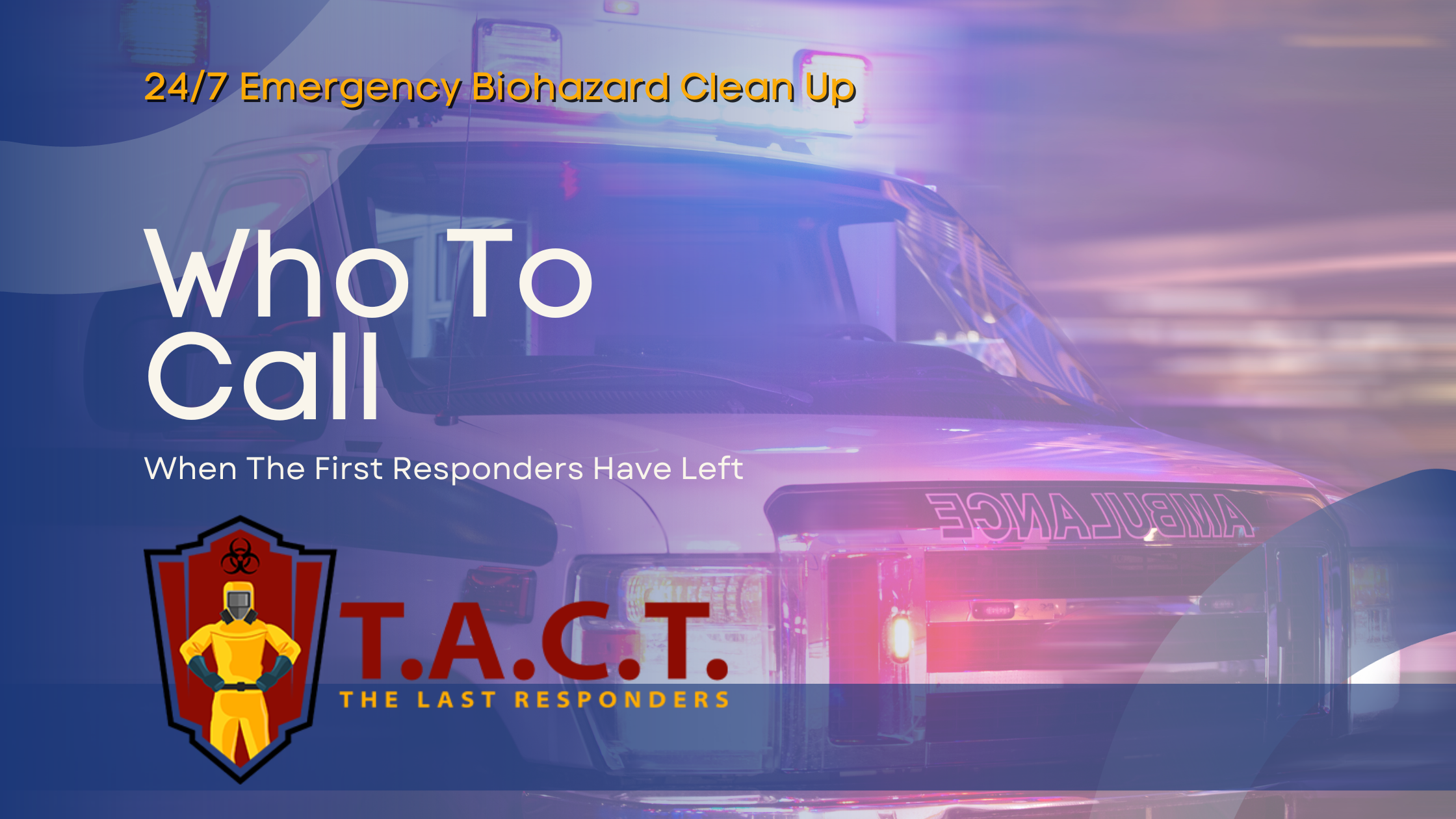Larding cleanup services professional compassionate, and discreet solutions
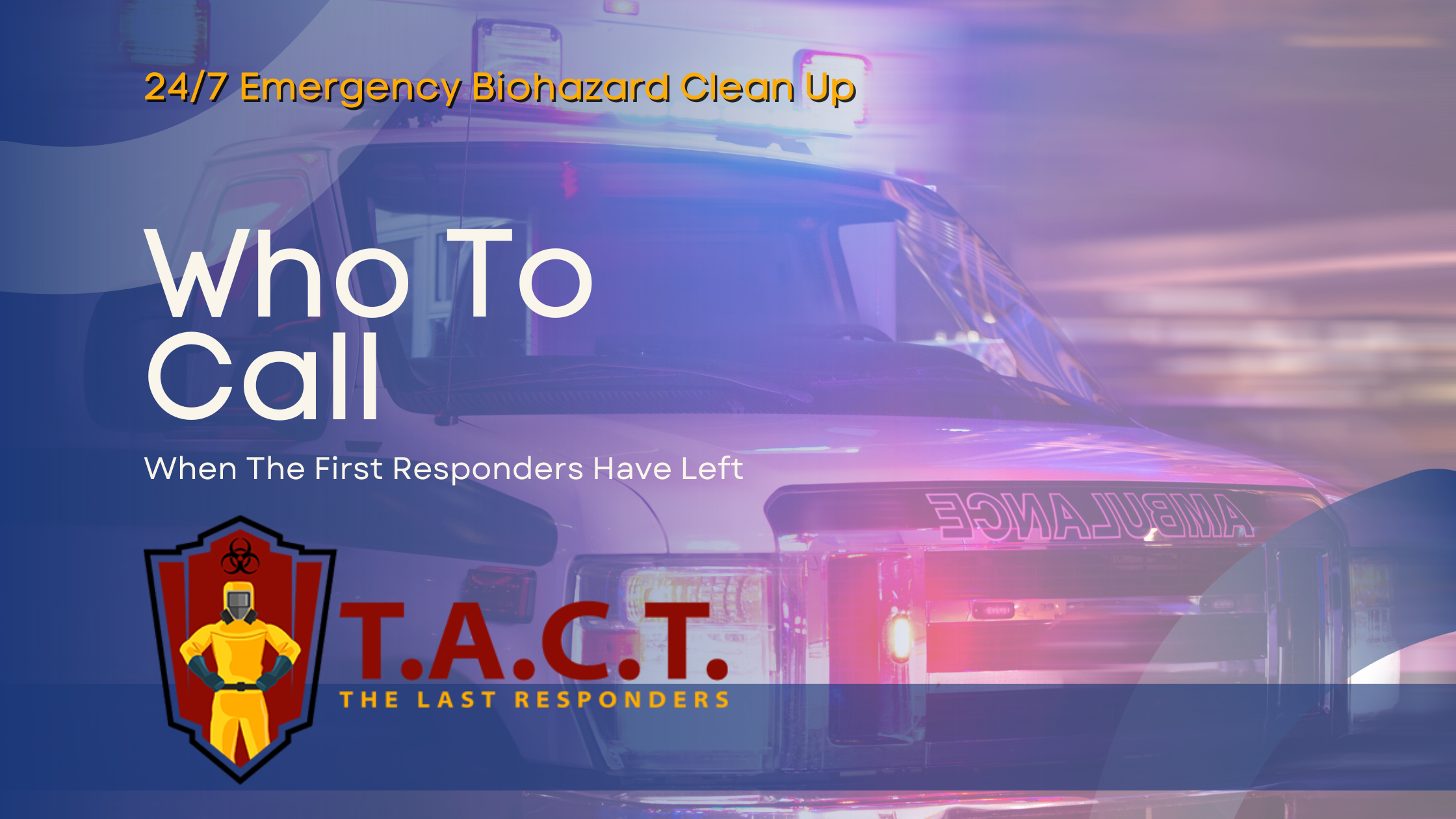
Hoarding Cleanup Services: Professional, Compassionate, and Discreet Solutions
When clutter becomes overwhelming and safety is compromised, professional hoarding cleanup services provide the specialized expertise needed to restore homes and lives. Hoarding disorder affects millions of Americans, creating dangerous living conditions that require more than standard cleaning solutions. These specialized services combine technical expertise with psychological sensitivity to address one of the most challenging cleanup situations families and property owners face.
Understanding when to seek professional help, what the cleanup process involves, and how to choose the right service provider can make the difference between a successful intervention and a traumatic experience. This comprehensive guide will walk you through everything you need to know about hoarding cleanup services, from recognizing the signs that professional intervention is necessary to maintaining progress after the cleanup is complete.
What Are Hoarding Cleanup Services?
Hoarding cleanup services are specialized cleaning and remediation offerings designed specifically for homes severely impacted by hoarding disorder. Unlike standard junk removal service or regular cleaning services, these professionals address the unique challenges presented by compulsive accumulation behaviors and the resulting unsafe living conditions.

Hoarding disorder is officially recognized by the DSM-5 as a distinct mental health condition characterized by persistent difficulty discarding possessions, regardless of their actual value. The International OCD Foundation estimates that up to 5% of the U.S. population may exhibit clinically significant hoarding symptoms, with approximately 2-6% of adults meeting the criteria for full-scale hoarding disorder. This means potentially 6-15 million Americans struggle with this condition.
The cleanup process differs significantly from typical cleaning service operations. Professional hoarding cleanup teams must navigate extreme clutter that often includes paper accumulations, books, clothing, containers, food waste, and sometimes hazardous biological materials. These situations frequently involve contamination from mold, pest infestations, or decomposing materials that require specialized handling protocols.
Professional services understand that hoarding situations involve more than just removing unwanted items. The process requires sensitivity to the psychological attachment individuals have to their possessions, patience during decision-making, and expertise in safely handling potentially dangerous materials. This specialized approach ensures that the cleanup process respects the person’s dignity while effectively addressing the safety and health concerns.
When You Need Professional Hoarding Cleanup Services
Recognizing when a hoarding situation requires professional intervention can be the difference between a manageable cleanup and a dangerous emergency. Several critical factors indicate that specialized hoarding cleanup services are necessary rather than attempting a DIY approach or hiring a standard junk removal company.
Health and Safety Hazards
Professional intervention becomes essential when health and safety hazards are present in the environment. Hoarded homes frequently develop mold growth due to blocked ventilation and moisture accumulation, creating respiratory health risks for residents and anyone entering the space. Pest infestations are common, with rodents and insects finding ideal breeding conditions among accumulated clutter.
Structural damage often occurs when excessive weight from accumulated items stresses floors, walls, and ceilings. In many cases, years of accumulated materials can compromise the building’s integrity, requiring both cleanup and structural assessment. Professional teams have the training to identify these hazards and implement appropriate safety protocols during the cleaning process.
Fire Safety and Emergency Access
Fire safety concerns represent one of the most immediate dangers in hoarding situations. Blocked emergency exits prevent safe evacuation during emergencies, while accumulated combustible materials dramatically increase fire risks. A documented case from Maryland involved a cleanup team discovering paper accumulations reaching nearly 10 feet in height, creating an extreme fire hazard when papers were found fluttering above a gas stove.
Professional hoarding cleanup teams prioritize establishing safe emergency access routes early in the process and can quickly identify and address fire hazards that untrained individuals might overlook. This expertise is absolutely critical for ensuring the safety of everyone involved in the cleanup process.
Biohazard Situations
When biological hazards are present, professional hoarding cleanup becomes not just advisable but necessary. These situations may include animal waste, decomposing food, bodily fluids, or other contaminated materials that require specialized equipment and training to handle safely. Standard cleaning supplies and household protective equipment are inadequate for addressing these contamination issues.
Professional teams follow OSHA, EPA, and local health regulations for handling hazardous materials. They use industrial-grade personal protective equipment (PPE), specialized cleaning products, and proper disposal methods to ensure complete decontamination while protecting everyone’s health and safety.
Legal and Family Interventions
Legal issues such as code violations, court-ordered cleanups, or landlord interventions often require professional documentation and compliance with specific standards. Professional hoarding cleanup services understand these requirements and can provide the necessary paperwork and certification to address legal concerns.
Family members dealing with a hoarding situation often find themselves overwhelmed by the scope and complexity of the cleanup required. Professional services can mediate family tensions while ensuring the process proceeds efficiently and compassionately, helping families navigate this challenging time while maintaining relationships with their loved ones.
Our Comprehensive Hoarding Cleanup Process
Professional hoarding cleanup follows a systematic approach designed to ensure safety, efficiency, and respect for the client throughout the process. Understanding this methodology helps families and property owners prepare for what to expect and ensures realistic expectations are set from the beginning.
Initial Assessment and Safety Evaluation
The cleanup process begins with a comprehensive site evaluation conducted by trained professionals who can accurately gauge safety risks. This assessment examines fire hazards, blocked exits, structural damage, and potential contamination issues. The team identifies immediate dangers that must be addressed before the main cleanup can begin.
During this evaluation, professionals also assess the severity level of the hoarding situation using established classification systems. This determination affects everything from the equipment needed to the timeline required for completion. The assessment helps develop a customized plan tailored to the specific challenges present in each unique situation.
Development of Customized Cleanup Plan
Based on the initial assessment, professionals create a detailed plan that addresses the specific needs of each hoarding situation. This plan considers the client’s goals, family concerns, timeline constraints, and budget considerations. The approach often involves collaboration with case managers, mental health professionals, and sometimes social services to ensure comprehensive support.
The plan outlines which areas will be addressed first, typically prioritizing safety concerns and essential living spaces. It also establishes protocols for decision-making about possessions, ensuring the client maintains control over important choices while receiving guidance from experienced professionals who understand the challenges of letting go.
Sorting and Categorization Process
Professional teams assist in the careful categorization of possessions into keep, donate, recycle, and dispose categories. This process requires patience and rapport-building, as individuals with hoarding disorder often struggle with these decisions. Trained staff understand how to support clients through this challenging process without creating additional stress or trauma.
The sorting process is often iterative, allowing clients time to adjust to decisions and preventing the overwhelming feelings that can derail cleanup efforts. Professionals help identify valuable items, important documents, and possessions with significant personal meaning while gently guiding decisions about items that pose safety risks or have no practical value.

Safe Removal and Disposal
Professional hoarding cleanup services handle the complex logistics of removing large volumes of materials safely and efficiently. Severe cases can require 15 or more full truckloads of debris, as documented in some residential cleanouts. Teams coordinate with local waste authorities and licensed disposal facilities to ensure proper handling of different types of materials.
Hazardous materials receive special attention, with proper protocols for disposing of old medications, chemicals, sharps, and contaminated items. The team maintains detailed documentation of disposal activities, which can be important for insurance claims or legal requirements.
Deep Cleaning and Sanitization
Once clutter removal is complete, the deep cleaning and sanitization phase begins. This involves more than standard cleaning services, often requiring industrial-strength cleaning supplies and specialized equipment. Professional teams address contamination from mold, pest infestations, odors, and other biological hazards that may have developed over time.
Air filtration systems may be used to address airborne contaminants, and specialized deodorization techniques eliminate persistent odors. The goal is to restore the space to safe, habitable conditions that support the resident’s health and well-being.
Specialized Equipment and Safety Protocols
Professional hoarding cleanup requires specialized equipment that goes far beyond standard cleaning supplies. Teams use industrial-grade personal protective equipment including respirators, protective suits, and safety equipment designed for biohazard situations. This equipment protects workers and ensures they can safely handle contaminated materials.
Professional services also employ specialized cleaning equipment such as industrial vacuum systems, air scrubbers, and sanitization equipment. These tools enable thorough cleaning and decontamination that would be impossible with household cleaning supplies, ensuring the space is genuinely safe for habitation.
Why Choose Professional Hoarding Cleanup Services
The decision to hire professional hoarding cleanup services rather than attempting a DIY approach or using standard cleaning services provides significant advantages that extend beyond simple convenience. These benefits encompass safety, efficiency, psychological support, and long-term success.
Expertise in Hoarding Disorder Psychology
Professional hoarding cleanup teams receive specialized training in understanding hoarding disorder and working compassionately with affected individuals. This training enables them to approach the situation with sensitivity and patience, recognizing that possessions often hold deep emotional significance for people with hoarding disorder.
This psychological understanding helps prevent retraumatization during the cleanup process and enables professionals to support clients through difficult decisions. Teams trained in motivational interviewing and trauma-informed care can maintain the therapeutic relationship necessary for successful intervention while accomplishing the practical goals of the cleanup.
Comprehensive Safety Protocols
Professional services implement safety protocols that protect both workers and property owners throughout the cleanup process. These protocols address the multiple hazards present in hoarding situations, from biological contamination to structural instability. Professionals have the experience to identify hidden dangers that untrained individuals might miss.
The safety advantage extends to proper handling of hazardous materials, use of appropriate protective equipment, and knowledge of when specialist contractors (such as structural engineers or environmental remediation experts) need to be consulted. This expertise helps prevent injuries and ensures the cleanup doesn’t create additional problems.
Efficiency and Equipment Access
Professional teams complete hoarding cleanup projects significantly faster than DIY attempts, thanks to their experience, specialized equipment, and efficient processes. What might take families months to accomplish can often be completed by professionals in days or weeks, depending on the severity of the situation.
This efficiency comes from having the right tools for the job, understanding the most effective approaches, and having teams that can work simultaneously on different aspects of the project. Professional services also have established relationships with disposal facilities, donation centers, and other service providers that streamline the process.
Insurance and Liability Protection
Professional hoarding cleanup services carry appropriate insurance coverage that protects both the service provider and the property owner during the cleanup process. This protection is particularly important given the potential hazards and high-value items that may be discovered during the cleanup.
Many insurance policies require professional documentation for coverage of hoarding cleanup costs, making professional services not just safer but potentially more cost-effective when insurance reimbursement is available. Professional services understand insurance requirements and can provide the necessary documentation to support claims.
Cost Factors for Hoarding Cleanup Services
Understanding the factors that influence hoarding cleanup costs helps families and property owners budget appropriately and make informed decisions about service providers. Costs can vary dramatically based on several key factors that professional services evaluate during their initial assessment.
Property Size and Affected Areas
The size of the property and number of affected rooms significantly impact the overall cost of hoarding cleanup services. A single-room situation requires far less time, labor, and disposal resources than a multi-story home where every space is affected. Professional services typically price based on the volume of material to be removed and the square footage of space to be cleaned.
Some cleanups involve only specific areas of a home, while severe cases may affect every room, basement, garage, and outdoor areas. The more extensive the affected area, the more labor hours, equipment, and disposal resources required, directly impacting the final price.
Severity Level Classification
Professional services use established classification systems to assess hoarding severity, typically ranging from Level 1 (minor clutter) to Level 5 (severe structural damage and contamination). Higher severity levels require more specialized equipment, safety protocols, and disposal resources, significantly affecting costs.
Level 1 situations might involve minor cleanups costing under $1,000, while Level 5 cases with extensive contamination and structural damage can exceed $10,000 or more. The severity level also affects the timeline, with more severe cases requiring additional time for safe and thorough cleanup.
Biohazard and Contamination Issues
The presence of biological hazards, mold, pest infestations, or other contamination significantly increases cleanup costs. These situations require specialized equipment, additional safety protocols, and often involve environmental remediation services beyond standard cleanup.
Biohazard situations may require certified disposal of contaminated materials, specialized cleaning products, and additional labor time for proper decontamination. Professional services factor these requirements into their pricing to ensure complete and safe remediation.
Geographic Location and Disposal Costs
Local disposal fees, labor costs, and regulatory requirements vary significantly by geographic location, affecting overall project costs. Areas like Los Angeles may have higher labor costs and disposal fees compared to rural locations, impacting the final price for equivalent services.
Professional services understand local regulations and disposal options, ensuring compliance while managing costs effectively. They often have established relationships with local disposal facilities that can help minimize disposal expenses.
Finding the Right Hoarding Cleanup Company
Selecting the appropriate hoarding cleanup service provider requires careful evaluation of several critical factors that ensure both quality results and a positive experience during a challenging time. The right company combines technical expertise with compassionate service delivery.
Experience and Specialization
Look for companies with specific experience in hoarding cleanup rather than general junk removal or standard cleaning services. Hoarding situations require specialized knowledge, equipment, and approaches that differ significantly from typical cleaning or hauling services.
Ask potential providers about their experience with hoarding disorder, their training protocols, and examples of similar projects they’ve completed. Companies with extensive hoarding cleanup experience will understand the unique challenges and be better equipped to handle unexpected situations that may arise during the project.
Licensing, Insurance, and Certifications
Verify that potential service providers carry appropriate licensing for waste removal and disposal in your area. Professional companies should also carry comprehensive insurance coverage that protects both their workers and your property during the cleanup process.
Look for certifications such as IICRC S540 trauma and crime scene cleanup or OSHA HAZWOPER training, which demonstrate the company’s commitment to professional standards and worker safety. These certifications indicate that the company has invested in proper training for handling hazardous situations.
Client References and Reputation
Review client testimonials and check Better Business Bureau ratings to understand the company’s track record and reputation. Pay particular attention to feedback about the company’s compassion, professionalism, and ability to handle sensitive situations appropriately.
Ask for references from recent clients with similar situations, and don’t hesitate to contact these references to discuss their experience. A reputable company will be happy to provide references and will have a track record of satisfied customers who are willing to share their positive experiences.
Staff Training and Sensitivity
Inquire about staff training in hoarding disorder sensitivity and trauma-informed care. The best companies invest in training their employees to understand the psychological aspects of hoarding and to work compassionately with affected individuals and their families.
Professional teams should demonstrate understanding of the emotional challenges involved in hoarding cleanup and show ability to work patiently with clients who may struggle with decision-making about their possessions. This sensitivity can make the difference between a traumatic experience and a healing process.
Preparing for Hoarding Cleanup Services
Proper preparation helps ensure the cleanup process proceeds smoothly and achieves the desired outcomes. This preparation involves both practical planning and emotional readiness for the challenges ahead.
Goal Setting and Family Communication
Before the cleanup begins, discuss goals and priorities with all family members involved in the process. Clear communication about expectations, timelines, and desired outcomes helps prevent conflicts and ensures everyone is working toward the same objectives.
Family member input can be valuable in identifying items of particular importance or sentimental value that should be preserved. However, it’s important that family members also understand the safety priorities and support the difficult decisions that may be necessary during the cleanup process.
Important Item Identification
Work with the affected person to identify valuable items, important documents, and possessions with significant personal meaning that should be prioritized for preservation. This preparation helps the cleanup team understand what items require special attention and careful handling.
Create a list of specific items to look for, such as family photos, financial documents, jewelry, or items with particular sentimental value. This advance planning helps ensure that truly important possessions aren’t accidentally discarded during the cleanup process.
Temporary Housing Arrangements
In severe cases, the home may become temporarily uninhabitable during the cleanup process, especially when biohazard remediation is required. Make arrangements for temporary housing for residents and pets if necessary, ensuring they have a safe place to stay while the work is completed.
Consider the timeline for the cleanup when making temporary housing arrangements, and factor in additional time that may be needed if unexpected issues are discovered during the process. Professional services can provide estimates, but complex situations sometimes require more time than initially anticipated.
Mental Health Support Coordination
Coordinate with mental health professionals who specialize in hoarding disorder to provide ongoing support during and after the cleanup process. The cleanup can be emotionally challenging, and having professional support available helps individuals cope with the stress and anxiety that often accompany letting go of possessions.
Consider scheduling counseling sessions before, during, and after the cleanup to help process the emotional aspects of the experience. Many professional cleanup companies can provide referrals to qualified mental health professionals who understand hoarding disorder.
Post-Cleanup Support and Maintenance
Successful hoarding cleanup extends beyond the initial clearing and cleaning process. Long-term success requires ongoing support and maintenance to prevent re-accumulation and support sustained recovery.
Ongoing Maintenance Services
Many professional hoarding cleanup companies offer ongoing maintenance services designed to help prevent the re-accumulation of clutter. These services might include regular check-ins, light cleaning, and assistance with organizing systems that support continued progress.
Research indicates that without ongoing clinical intervention, up to 76% of individuals may experience relapse into hoarding behaviors within five years. Regular maintenance services can provide early intervention when concerning patterns begin to emerge, helping prevent a complete return to problematic behaviors.
Mental Health Professional Referrals
Professional cleanup companies often maintain relationships with mental health professionals who specialize in hoarding disorder treatment. These referrals connect clients with the ongoing therapeutic support necessary for long-term recovery and maintenance of progress.
Therapy focused on hoarding disorder addresses the underlying psychological factors that contribute to accumulation behaviors. This therapeutic support is essential for preventing relapse and helping individuals develop healthier relationships with possessions and living spaces.

Home Organization Systems
Implementing effective organization systems helps maintain the progress achieved through professional cleanup. These systems should be simple, sustainable, and tailored to the individual’s needs and capabilities. Professional organizers who understand hoarding challenges can provide valuable guidance in developing these systems.
The goal is to create organizational approaches that feel manageable rather than overwhelming, supporting continued success rather than creating additional stress. Simple systems that can be maintained consistently are more effective than complex organizational schemes that become difficult to sustain.
Community Resources and Support Groups
Connecting individuals and families with community resources and support groups provides ongoing encouragement and practical assistance. Support groups specifically for people affected by hoarding disorder offer understanding, shared experiences, and practical strategies for maintaining progress.
Many communities offer support groups for both individuals with hoarding disorder and their family members. These resources provide ongoing support networks that can be valuable for long-term recovery and maintenance of progress achieved through professional cleanup services.
Professional hoarding cleanup services provide essential support for individuals and families dealing with the complex challenges of hoarding disorder. From ensuring safety and health to providing compassionate, expert assistance through a difficult process, these specialized services offer solutions that go far beyond standard cleaning or junk removal options.
The investment in professional hoarding cleanup services pays dividends in safety, efficiency, and emotional support during a challenging time. When you’re ready to address a hoarding situation, schedule a consultation with experienced professionals who understand both the technical and emotional aspects of this specialized cleanup process. Taking that first step toward getting help can restore not just living spaces, but quality of life for everyone involved.
Latest news
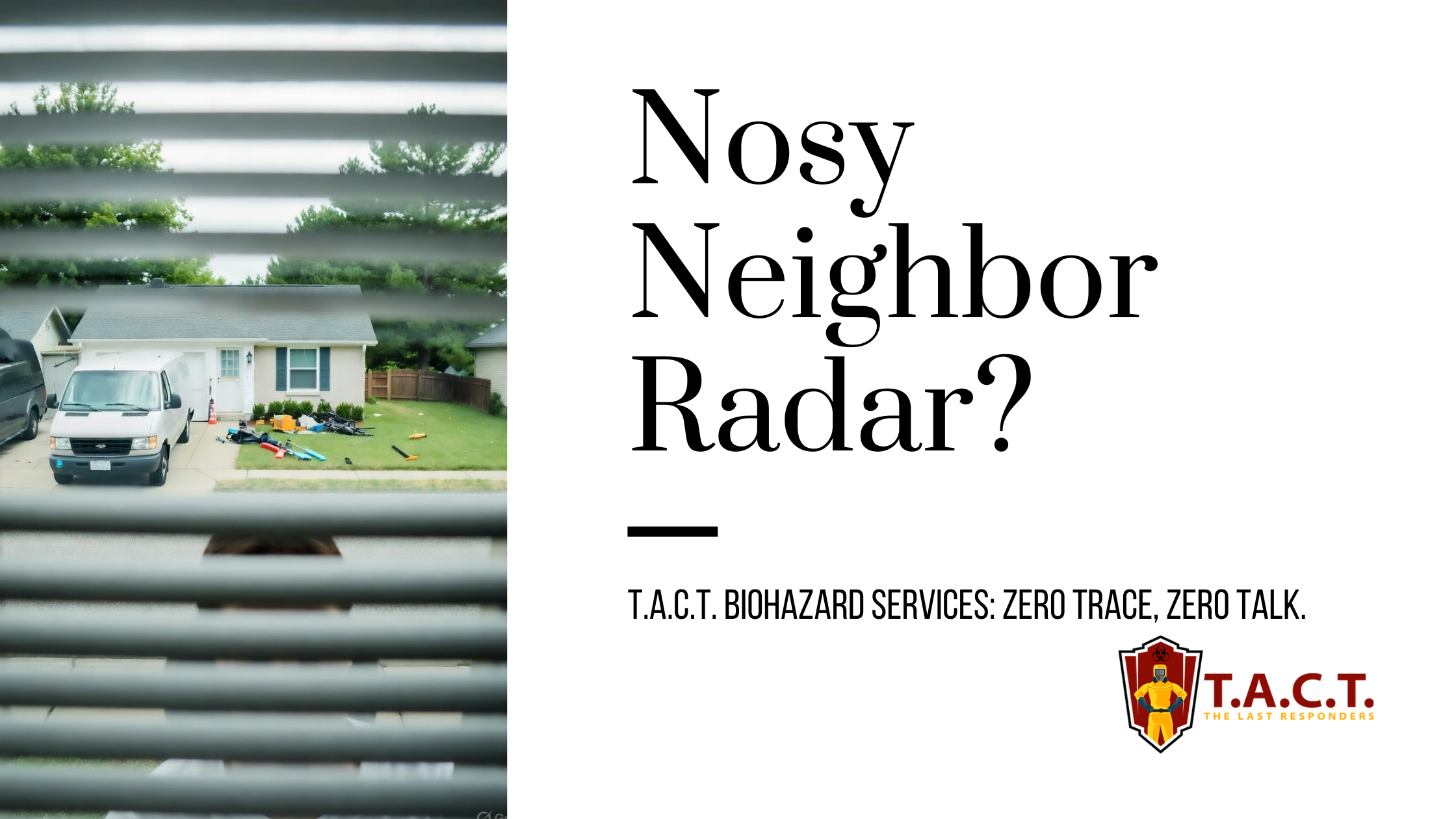
Nosy neighbors peeking? T.A.C.T. North Atlanta offers discreet biohazard remediation for rodent infestations, mold, hoarding, and more. Unmarked vehicles, quiet experts, full privacy—24/7 service at 470-781-4775.
Read More